When I started skiing the backcountry, I showed up with a classic baselayer, midlayer, and hardshell. I pretty quickly picked up a softshell to wear when climbing but I still needed to bring the midlayer and hardshell for descents.
My least favorite moment of every lap was when I had to strip down to my baselayer, juggle two shells and a midlayer, and get everything zipped back up before getting cold or soaked.
The biggest transformation in my layering happened once I met the folks at Alpenglow Sports. Their transitions were twice the speed of mine and it took me quite a few glances to figure out exactly how. In transition, everybody at Alpenglow Sports pulled on an insulated outer layer, put on their helmet, and was ready to ski.
What is an insulated outer layer?
An insulated outer layer is a single ski jacket that includes waterproofing and insulation. An insulated outer layer replaces your hardshell and midlayer and serves as the outer most layer in your kit. The best insulated outer layers have ski-specific features like full-length skin pockets in front.
Of all the pieces in a layering system, the insulated outer layer was the biggest head scratcher for me. Traditionally, insulated layers were bulky, heavy pieces made more for fashion than for performance. I used to have a few friends in freezing-cold-Colorado that favored them for resort skiing but I hadn't seen one in years.
An insulated outer layer should have a few key characteristics when used for backcountry skiing. The two most important characteristics are low weight and low bulk. A great piece would have a warmth-to-weight ratio like the Norrona Lyngen Dri1 Thermo60. The Lyngen jacket has 60 grams of synthetic insulation and weighs 1 pound.
Down or synthetic insulation?
We need our outer layer to pack neatly into our touring packs. Down is much more compressible than synthetic insulation which makes it a nice choice for your insulated outer layer. Today, most all down is "treated down," using Nikwax or anther treatment that combats its natural loss in loft(and thus insulation) when it gets wet.
Even so, synthetic insulation performs better when wet. As such, choosing synthetic insulation would deliver the most peace-of-mind when a wet, Sierra storm looms. I chose a less-insulative synthetic jacket(only 60 grams) that I felt was decently packable and warm enough for 90% of California backcountry skiing. I have yet to be cold in this jacket even when it's soaked.
Should your outer layer be waterproof?
The last feature of a insulated outer layer is its waterproofing. GORE-TEX layers will have the most waterproofing but often incur a weight penalty. We find a nice balance is struck by the 490g Arc'teryx Alpha Lightweight Down Parka which has GORE-TEX Infinium and weights just 1.3 lbs.
The California hot take is using an insulated layer without any real waterproofing. Many of my partners are using a traditional down puffy as their outer layer and getting great versatility out of something they already own. For most days, you can get a few laps out of a puffy before it gets soaked.
For the uncompromising among us, GORE-TEX layers will create the most confidence. Alternative waterproofings, like DWR coatings from Patagonia and Noronna and Black Diamond's BD Dry, are often utilized in insulated outer layers. This is because companies can create waterproof jackets without the GORE-TEX's required three layer construction. This results in lighter pieces that are plenty waterproof for the stormiest of days.

Benefits of an insulated outer layer
The most interesting benefit of the insulated outer layer is unlocked when skiing multiple laps in the backcountry. I cannot explain how exactly this happens but I feel that my baselayer and softshell actively dries out when I wear my outer layer.
Brendan talks about this often, sharing that an insulated outer layer "cooks you dry" while you ski down the mountain. In my experience, I feel significantly drier each time I take off my outer layer.
Another interesting benefit is the ability to bring a much lighter emergency layer in your kit. I used to bring a puffy jacket was my as my emergency layer. Now I bring a lightweight fleece vest that's less bulky and far lighter than what I used to carry. With my outer layer providing waterproofing and reliable synthetic insulation, I no longer needed a redundant insulation piece in my kit.
The Alpenglow Sports Layering System:
The Alpenglow Sports Layering System is a three-piece kit designed for maximum versatility and adapted to our California climate:
1. Baselayer
2. Softshell
3. Insulated Outer Layer
The system starts with your baselayer: a 3/4 or full length polyester or wool next-to-skin layer. Layered on top of that is a softshell jacket and softshell pant. To top if off, we bring an insulated outer layer that we throw on over our softshell jacket. This system makes for a streamlined transition, offers wide comfort ranges, and excels in weight, bulk, and weather resistance.
You can read more about the layering system in this comprehensive article.
Finding the right outer layer for your backcountry practice
We are psyched to help you build a layering kit that works for your specific style of moving in the mountains. Please give us a call or stop by the shop so that we can discuss your goals and your budget. We have the widest selection of winter layering pieces between December and March each year.



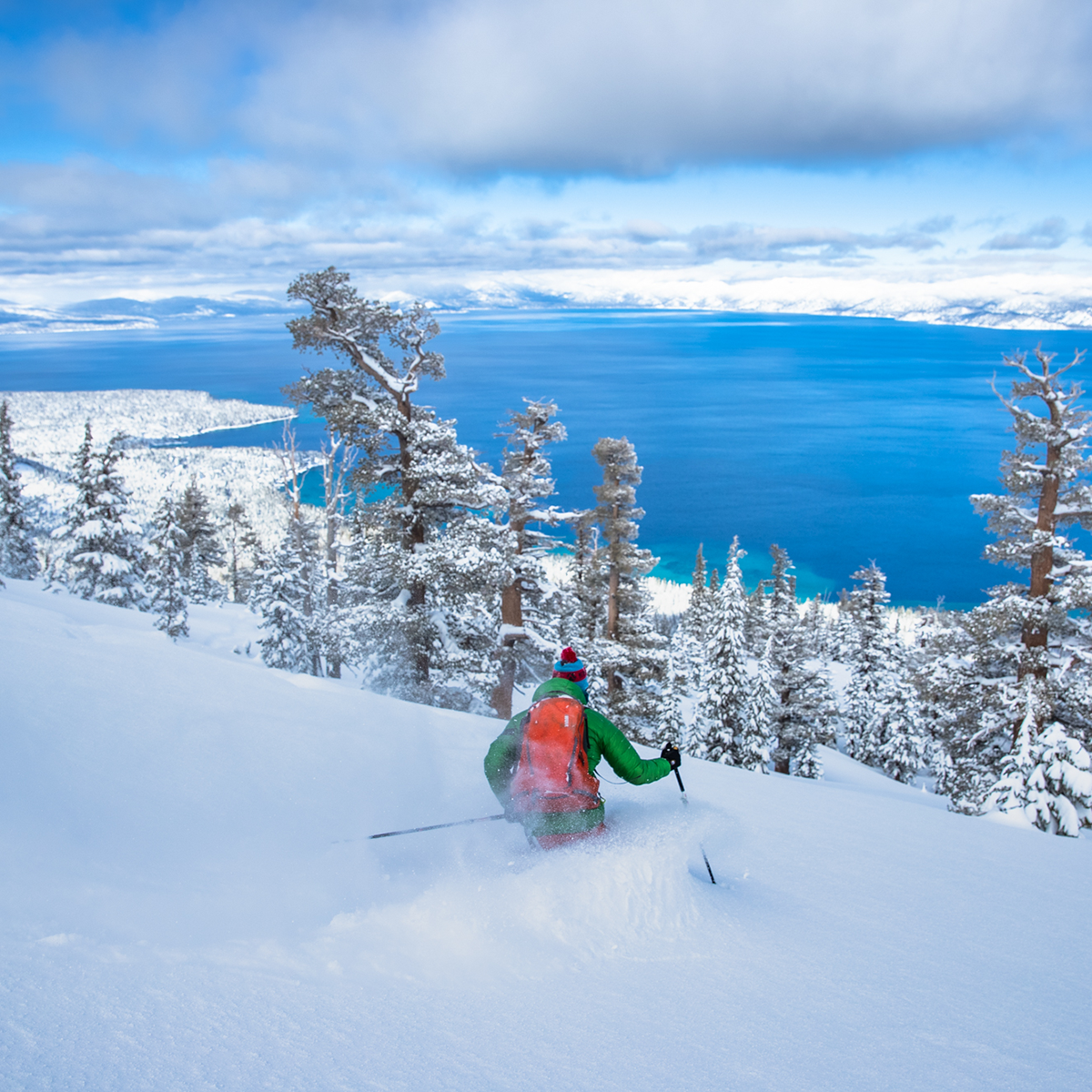
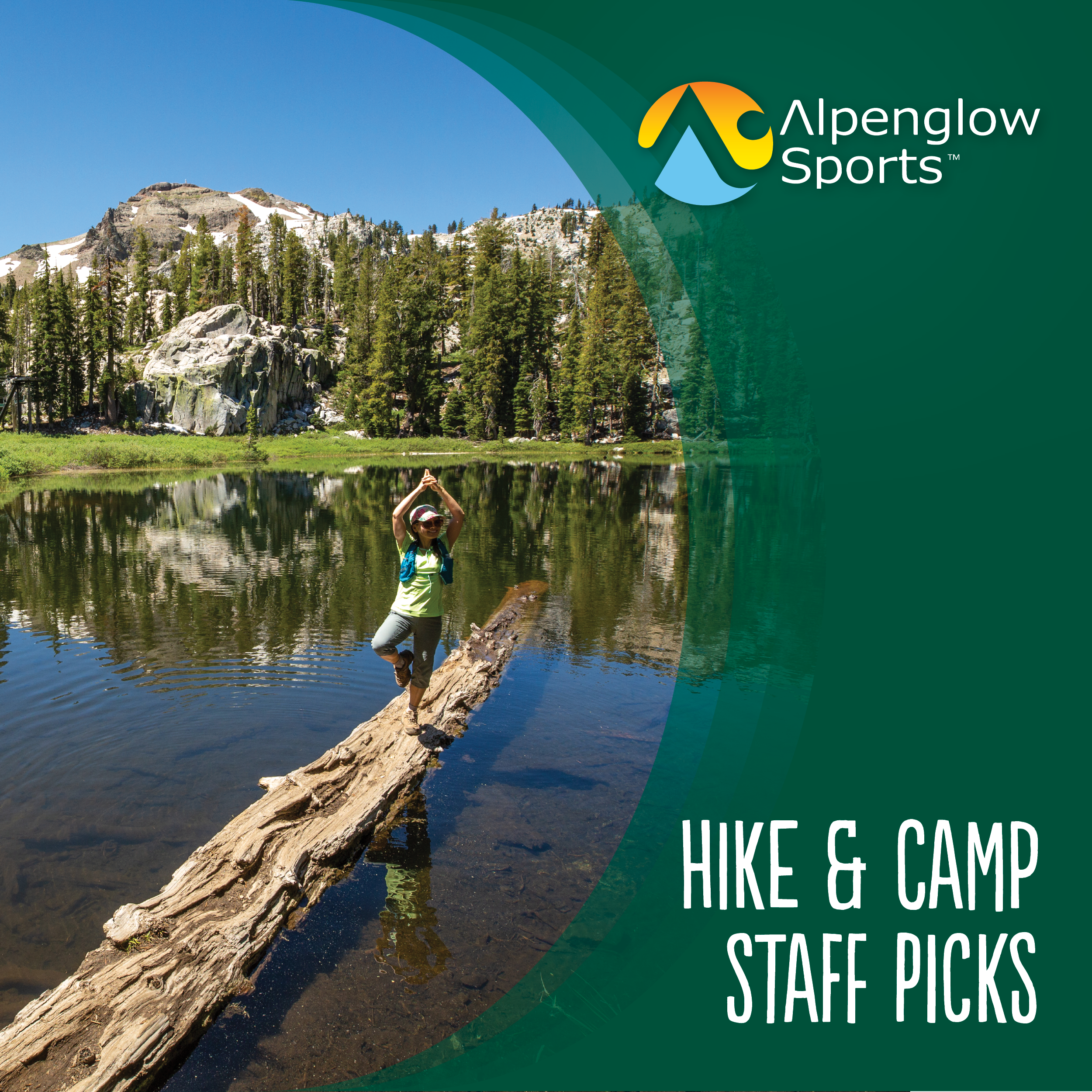
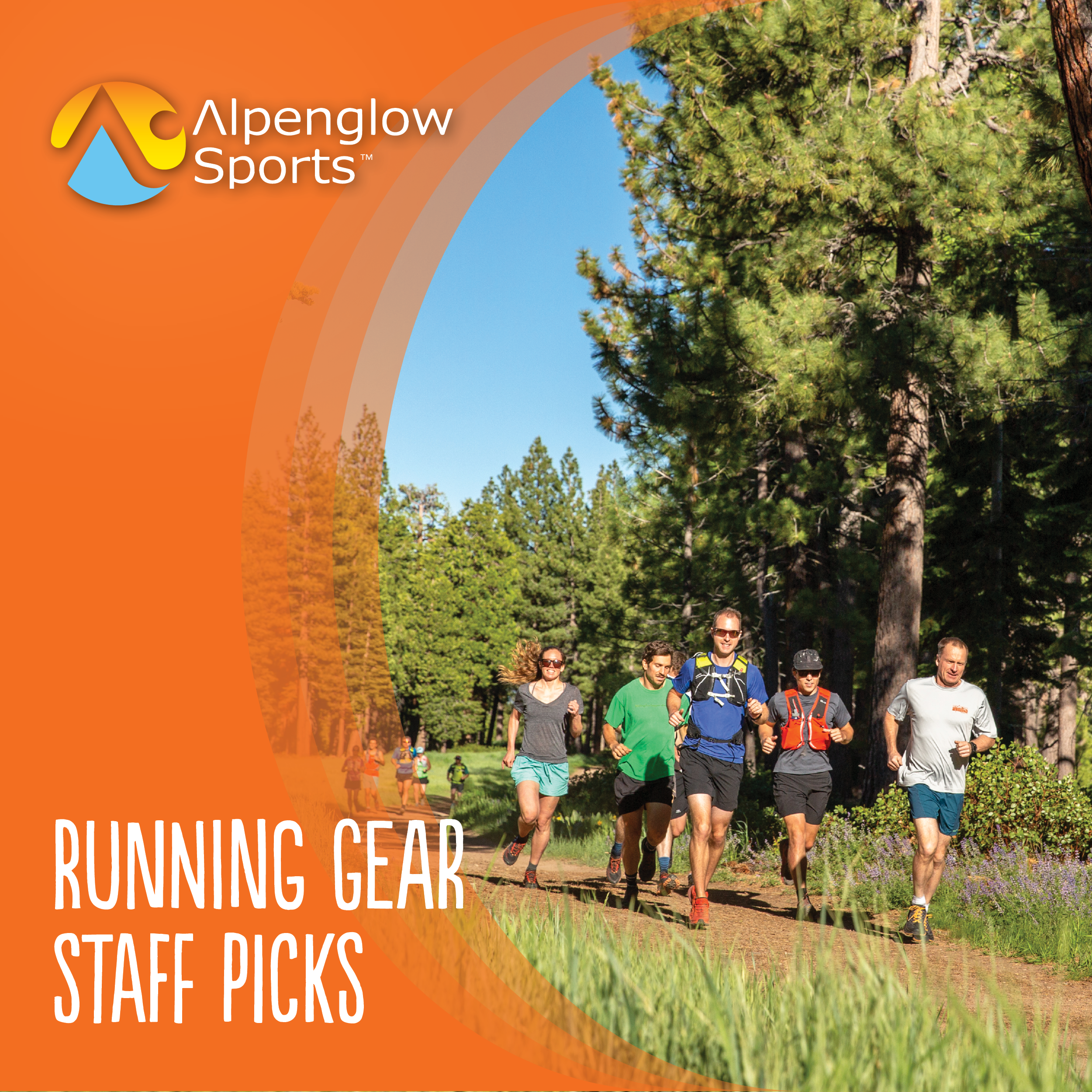
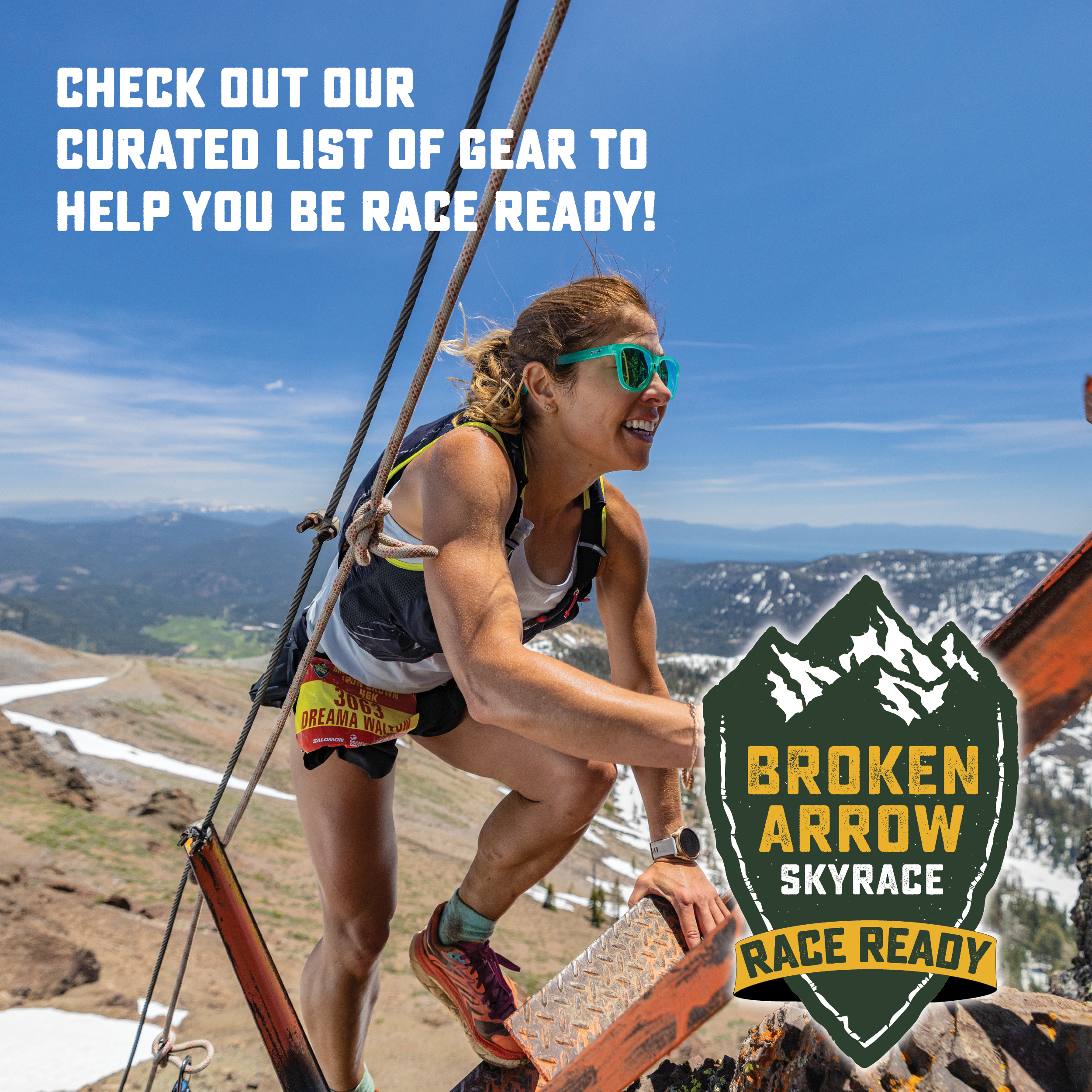
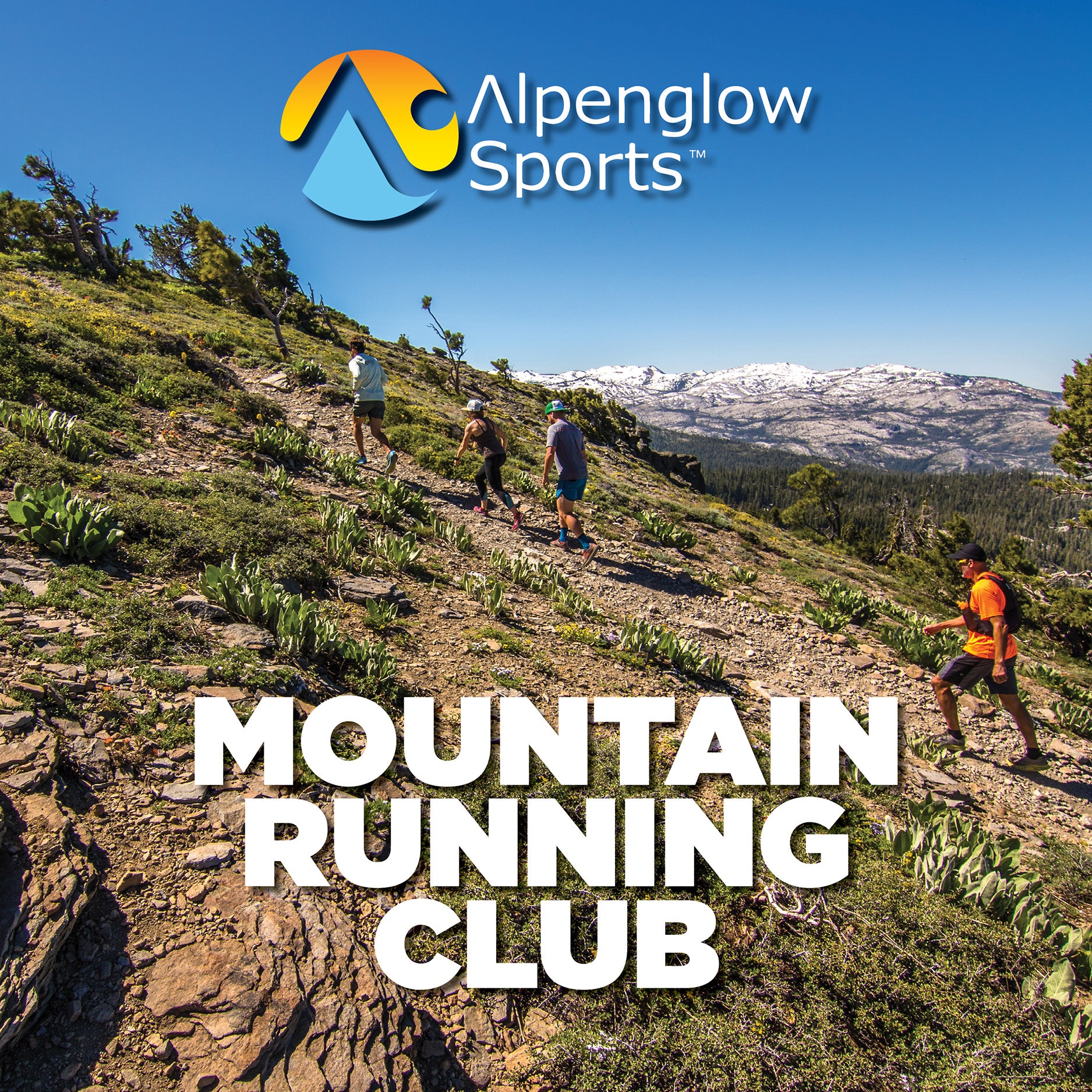
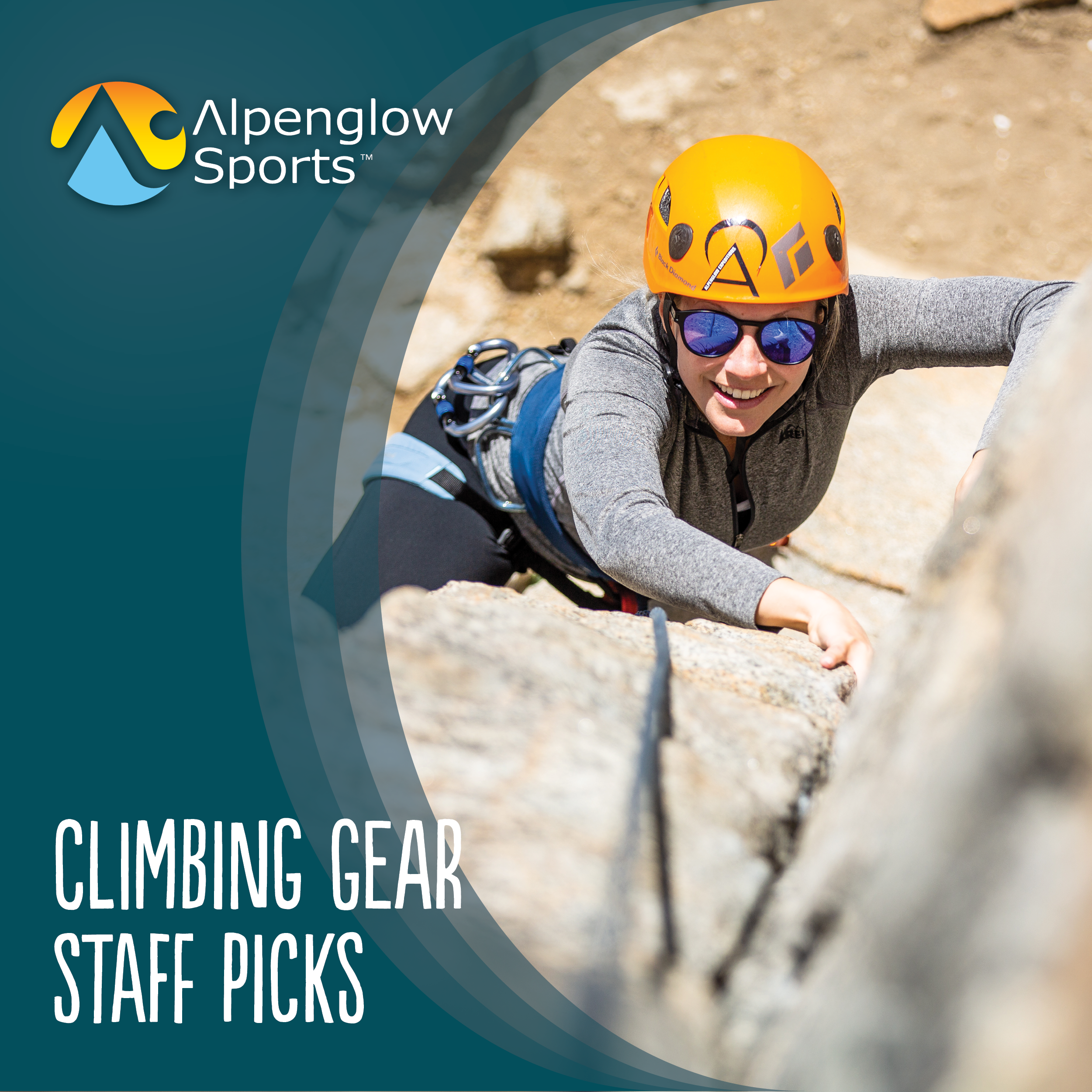
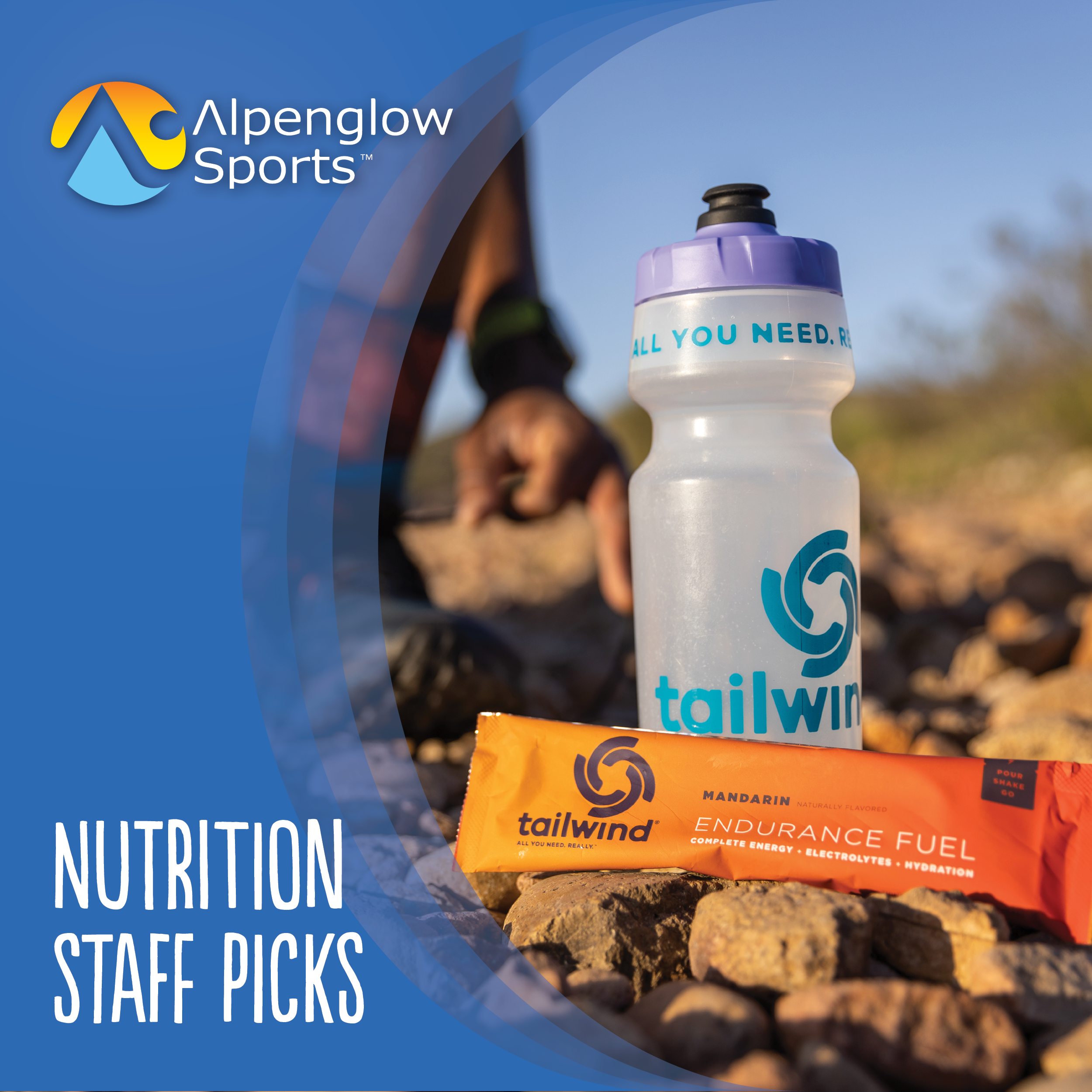
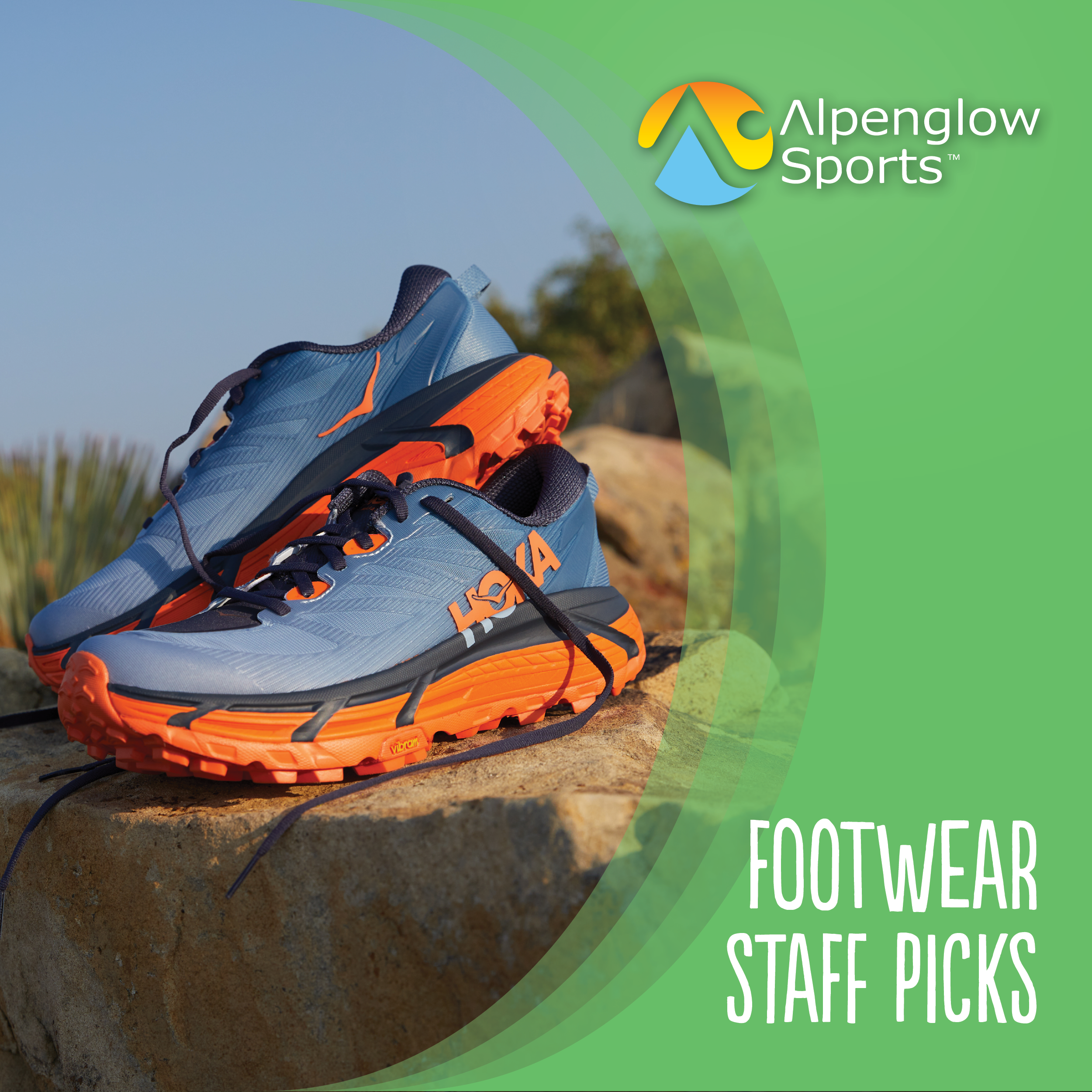


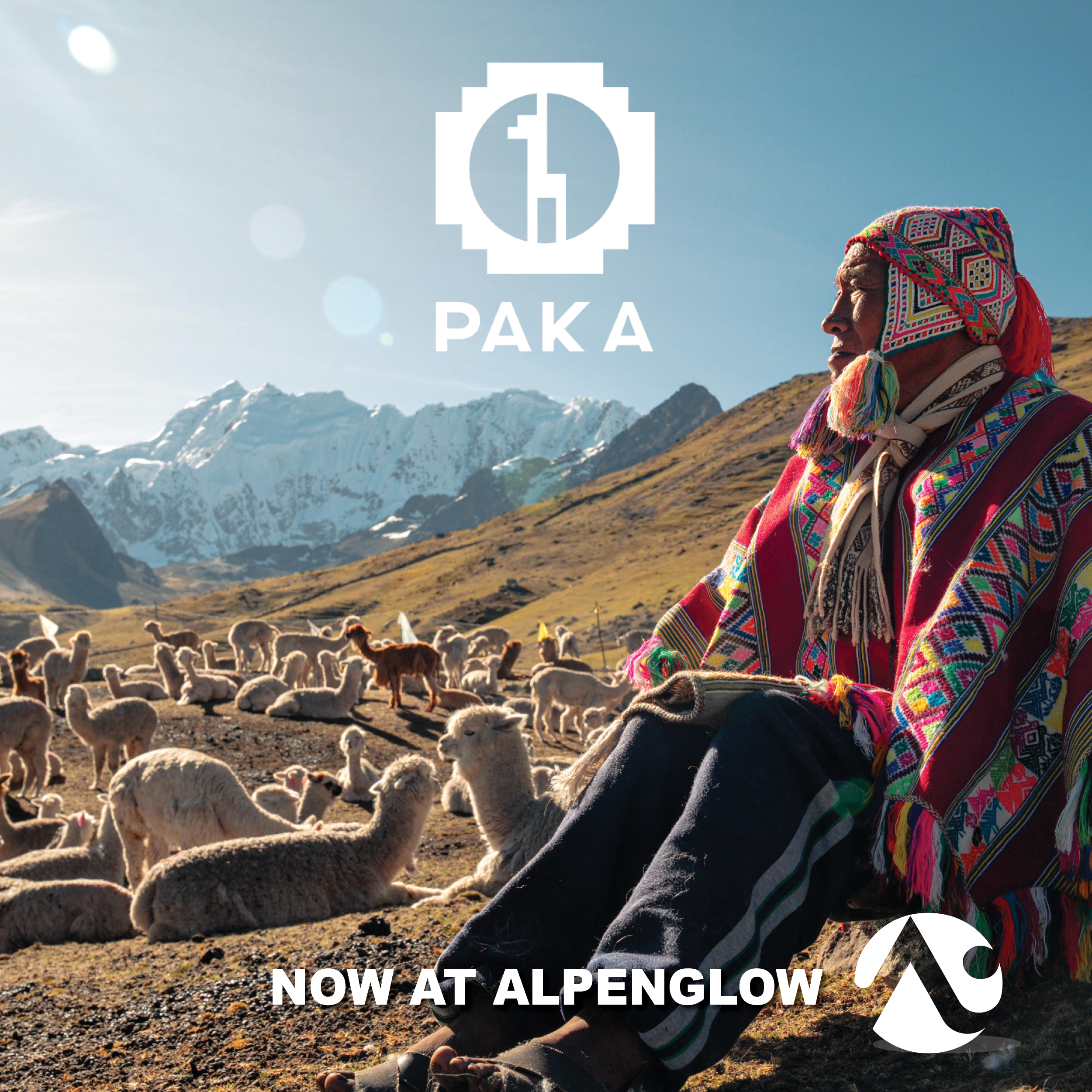
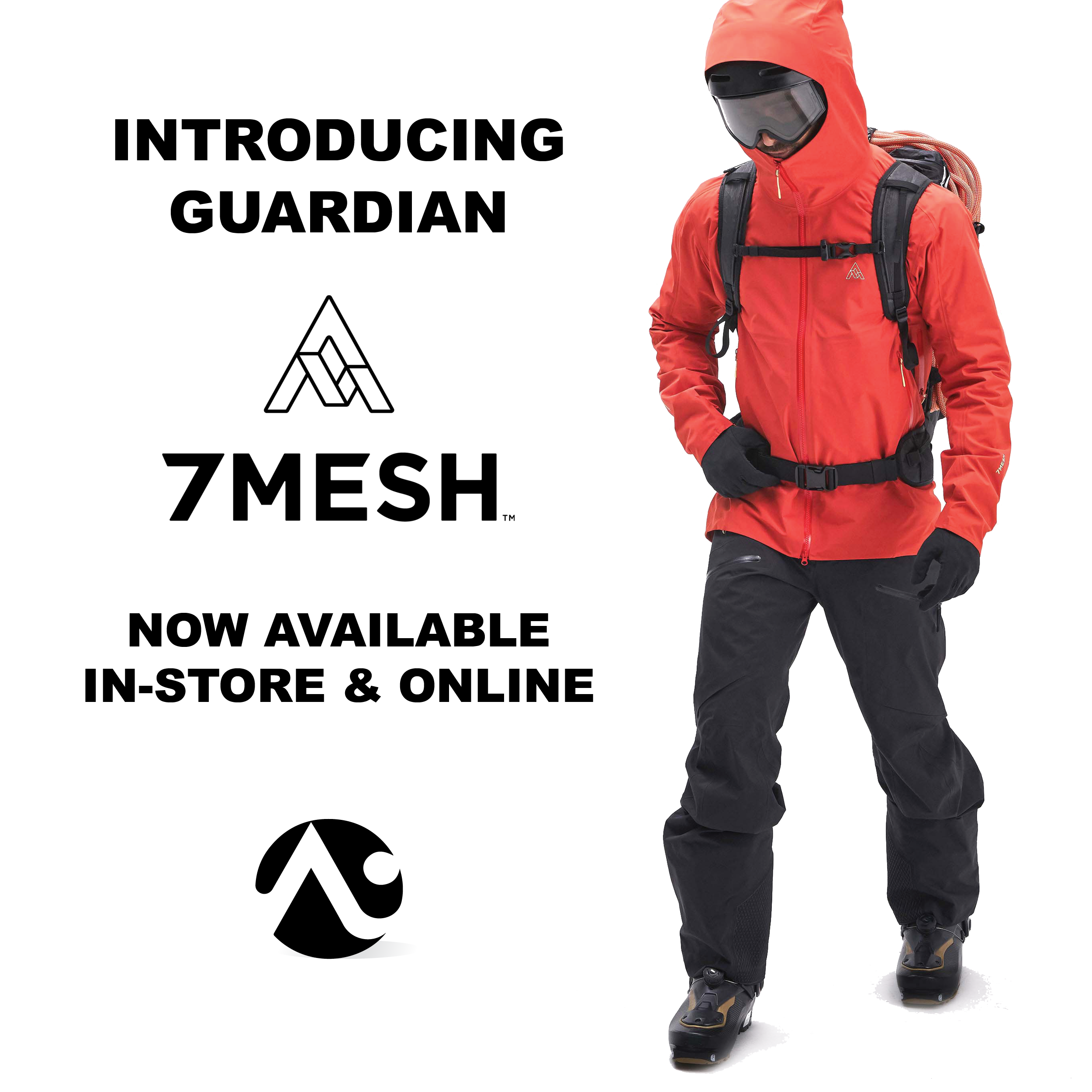

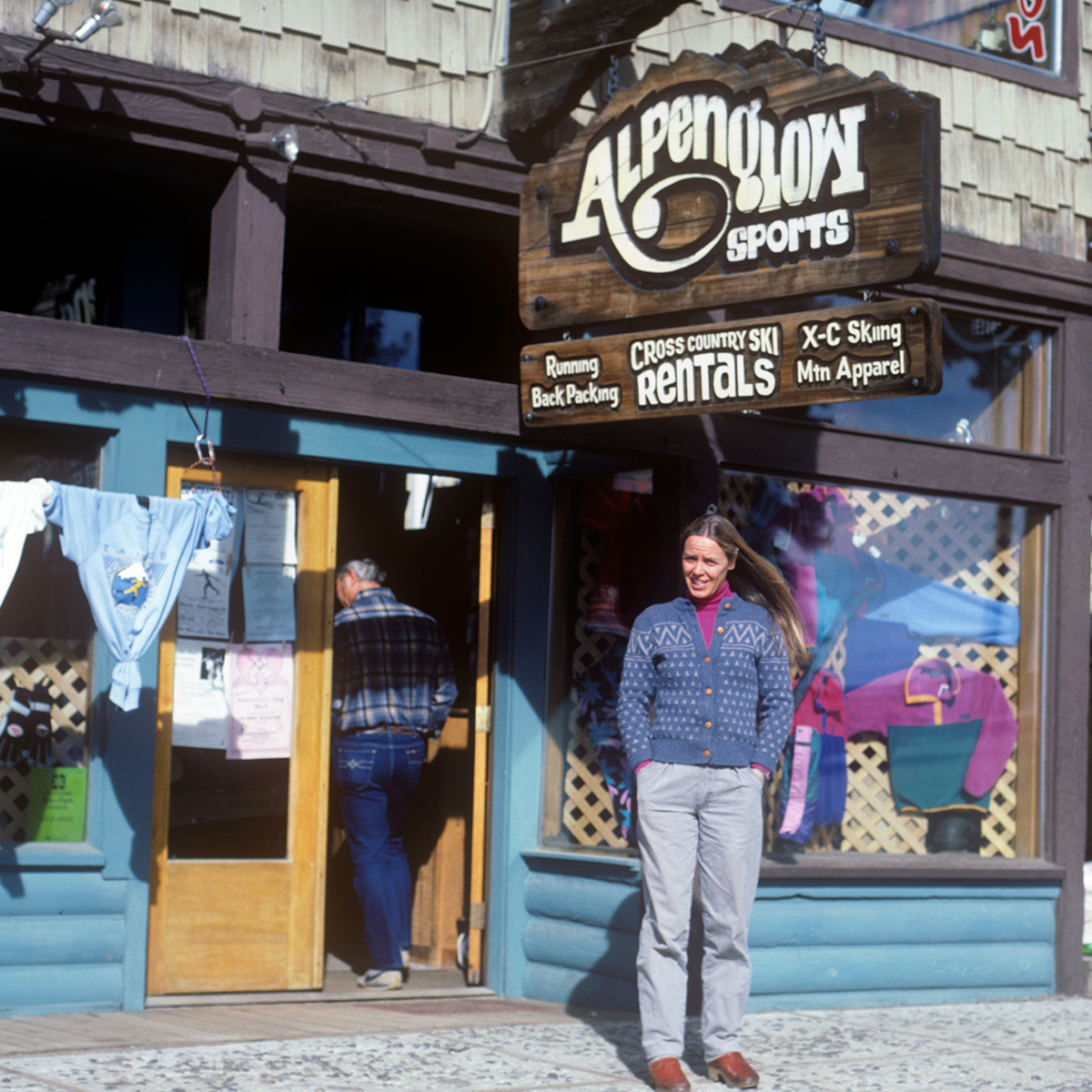
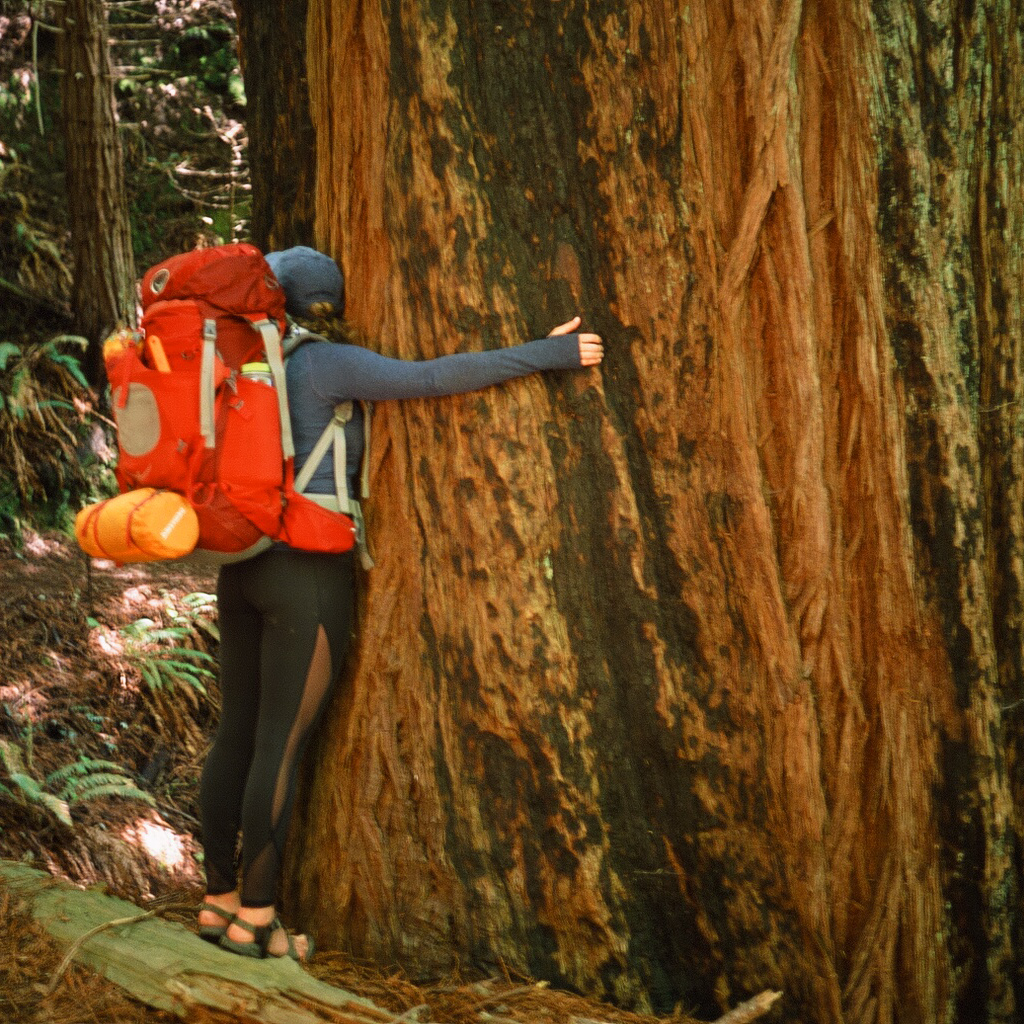


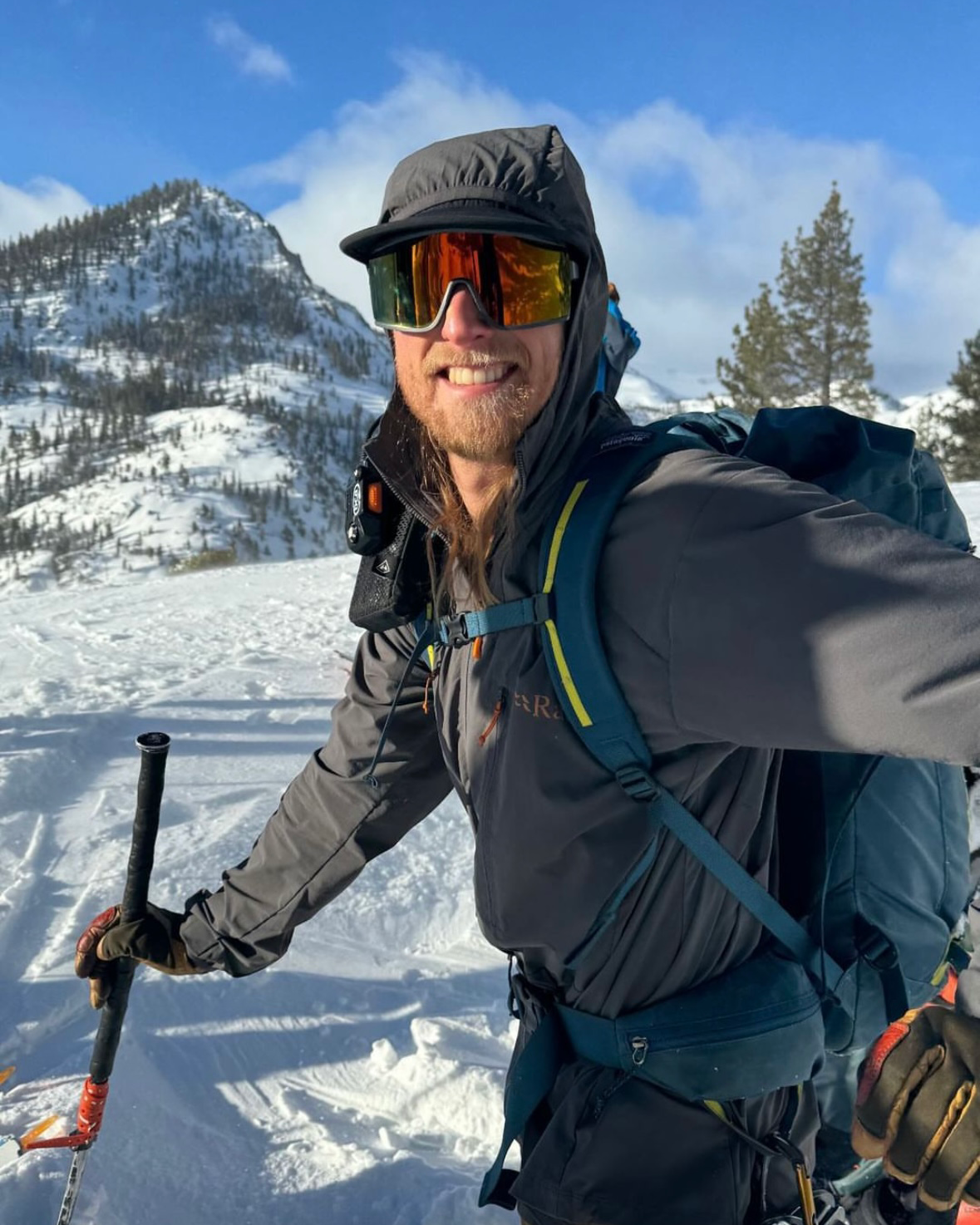
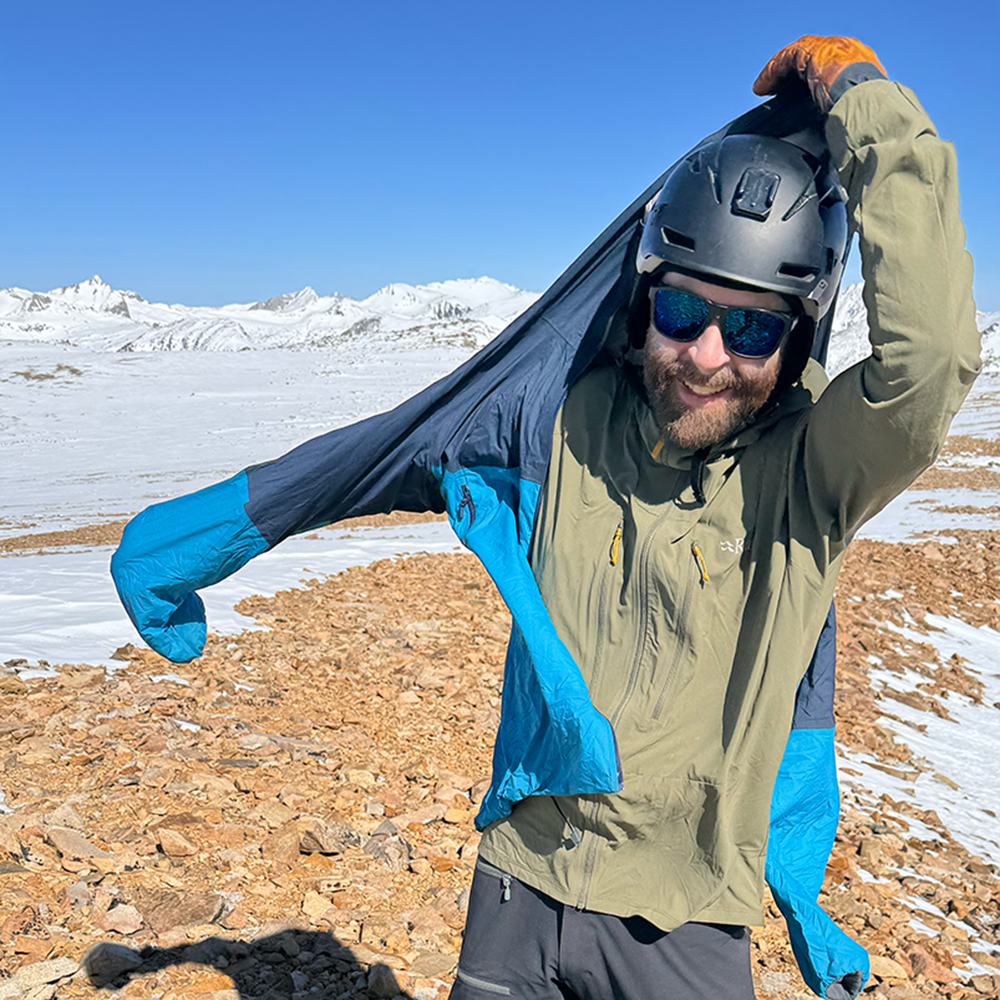
Leave a comment
This site is protected by hCaptcha and the hCaptcha Privacy Policy and Terms of Service apply.